Web-based Video Workbook
for
The Concurrent Engineering
Video Programs Vol. 11 & 12,
on Video Tapes 11 & 12, or on Digital Video CD-ROMs
for Engineering, Computing and Management Students and Professionals
by
Written and presented by Dr. Paul G. Ranky and Industrial Contributors, including Mr. R. B. Syme, IBM Storage Products Operations Manager, Mr. Gerry Edgar, Manager, Mr. Chris Skerry, CIM Manager, Mr. Peter Neal and Mr. Mike Moulton, Managers, IBM Havant (UK) Ltd, Mr. Robin Truman, CIM Operations Manager, GPT, Mr. John Foster and Mr. Carlton McD Langton, Industrial Design and Realisation, GPT-GEC Plessey Telecommunications Ltd, Mr. Paul A. Francis, Director, International CIM Consultants, Dr. Allan Parker, Technical Director, Mr. Mark Vaux, Mr. Mark Sealy, Mr. John Halton and Mr. Roy Davis, Managers, Lucas Engineering & Systems Ltd, Mr. Les Pratt, Marketing Manager, Yamazaki Machinery (UK) Ltd, Mr. Geoff Harrington, Director, ISIS Informatics Ltd, Mr. Jim Corlett, BKT Ltd, McDonnell Douglas Information Systems Ltd, ERT Ltd, Hitachi Seiki (UK) Ltd and others.
Published by CIMware Ltd. UK and CIMware USA, Inc. at http://www.cimwareukandusa.com, © Copyright by CIMware Ltd. UK and CIMware USA, Inc., 1999 - 2000.
If you are a viewer of a legitimate copy of the above video programs on tapes or on CDs, please feel free to view and / or download this workbook, with its full contents, FREE of charge, but always mention the website: http://www.cimwareukandusa.com and the author(s) as the source!
Website: http://www.cimwareukandusa.com
Optional on-line email support: cimware@cimwareukandusa.com
Please use this Workbook together with your Video Tapes or Video CDs!
Please note, that the digital video quality on the CD-ROMs is high and can play in full screen on a multimedia PC, MAC or Unix machine. The video frame images inserted into this workbook are designed to download relatively fast over the average web-link, therefore their quality is poorer than that of the digital videos in the CD-ROMs.
This section covers the following:
Tape/Vol. 11: Concurrent Engineering Principles with Industrial ExamplesTape/Vol. 12: Concurrent Engineering and Engineering & Engineering/ Electronic Data Management (EDM)
![]() Additional
reading on Object Oriented Concurrent (hardware and software)
Engineering: as a new development, view the free, electronically
published R&D journal, ADAM with IT
(Advanced Design And Manufacturing with Information Technology) at
this web site, as well as enjoy the hotlinks to other web sites via
ADAM's WebCorner; both just a click
away...
Additional
reading on Object Oriented Concurrent (hardware and software)
Engineering: as a new development, view the free, electronically
published R&D journal, ADAM with IT
(Advanced Design And Manufacturing with Information Technology) at
this web site, as well as enjoy the hotlinks to other web sites via
ADAM's WebCorner; both just a click
away...
Tape/Vol.
11. Starts Here: Concurrent Engineering
Principles with Industrial Examples
Topics covered by Dr. Paul G Ranky in this program include the following:
When wieving this program, try to imagine that you are a member of the concurrent engineering team. As you can see, there are several different engineering, manufacturing, total quality, information technology/ computing science, marketing, management and other expertise represented in such teams.

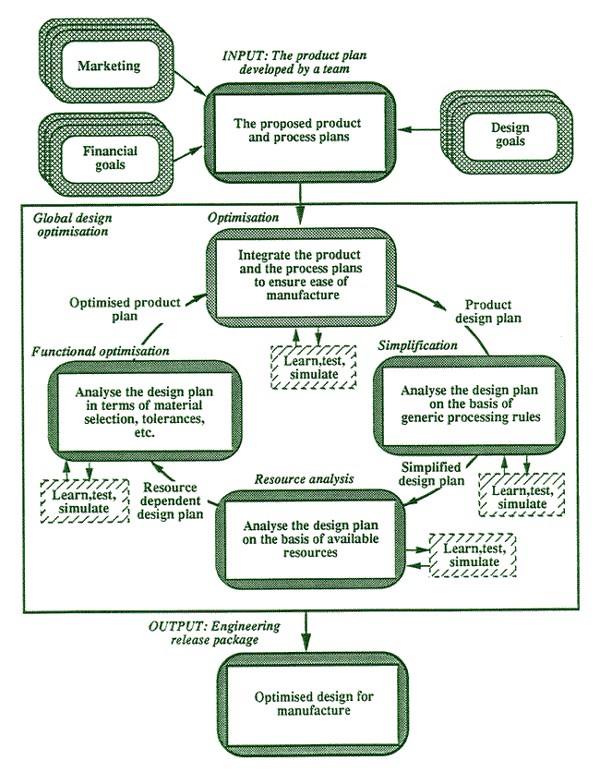
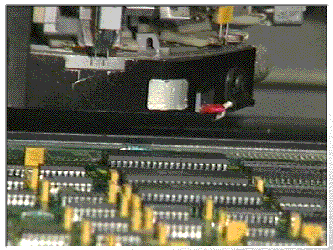
Note the
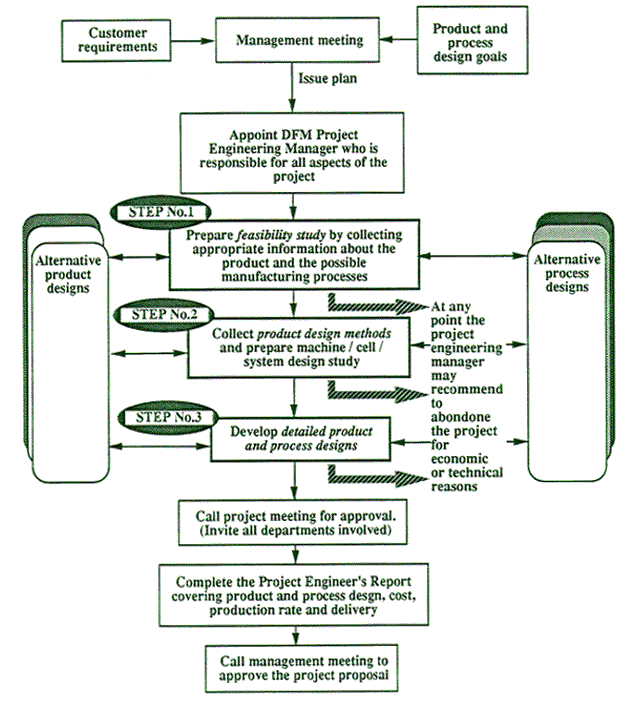
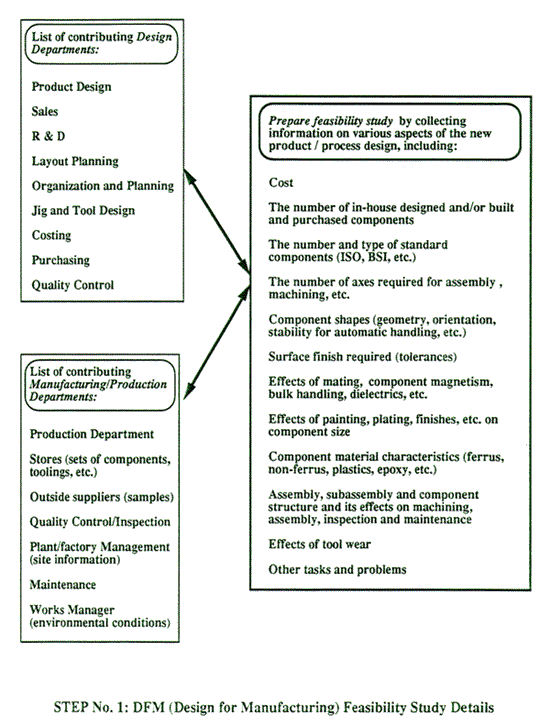
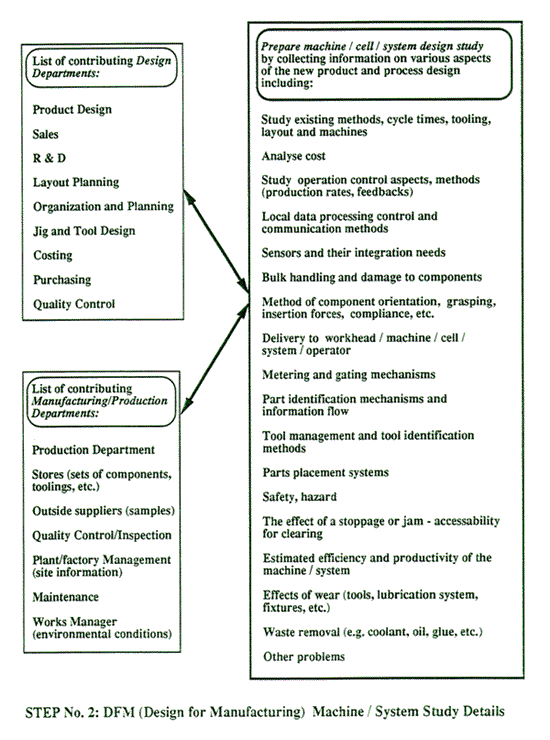

Engineering, computing and management students and professionals:
As you can see from the above discussion and diagrams, collaboration between engineers, IT and management professionals is crucial. As an interactive exercise try to customize these diagrams to support your own engineering, management and IT decisions. (As you can see these three major disciplines are integrated, therefore you should work on this with all 'three hats on' and/or in a team).
Solid model simulation, based on CAD
generated 3D images, represent an excellent software tool
for supporting activities described in this program.
Try to answer these questions: What activities and how would you support with these and other software tools?
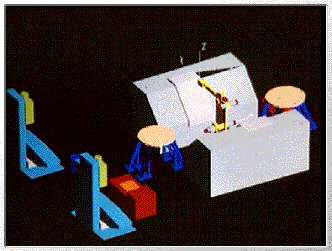
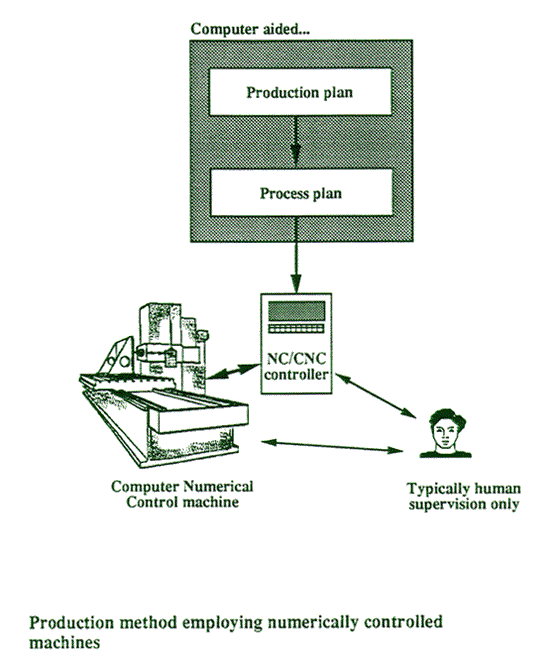
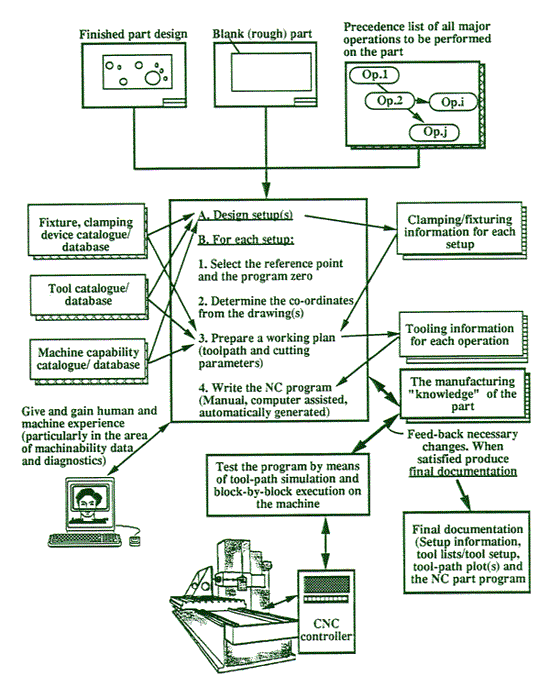
summarize with examples the most important concurrent engineering principles.
A general dataflow diagram (DFD) is
introduced for analyzing user requirements... (Many
of the discussed decisions need a systematic approach therefore this
diagram can help you to analyse and structure user requirements and
then take the best possible decisions).
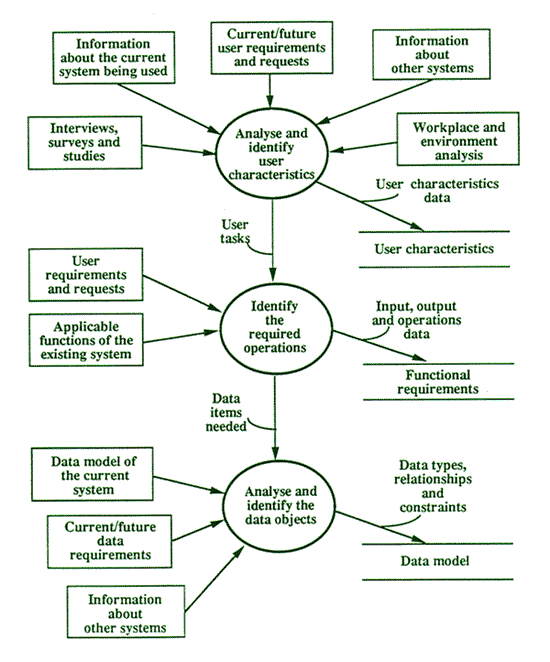
Topics presented, with industrial examples, by Mr. Paul Francis, CEO, International CIM Consultants, include the following:
When wieving this program, try to imagine that you are a member of the concurrent engineering team. As you can see, there are several different engineering, manufacturing, total quality, information technology, marketing and other expertise represented in such teams.
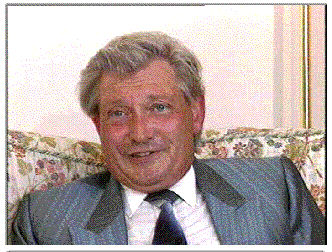

Note, that in this networked (EDM) architecture, illustrated above, following the original DEC "S" curve principle, the lower layer classes of objects (and their processes) such as motors, sensors, actuators, relays and switches, and others are typically networked into a Fieldbus (or profibus) for fast, real-time networking. Then this network is linked to the factory intranet, which is then further linked to the Internet.
Also note, that such systems typically represent plenty of opportunities for engineering oriented IT professionals to improve operations by several fold (yes, you can save plenty $$$ !!!) as part of a good, supportive concurrent engineering team.